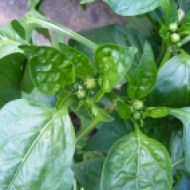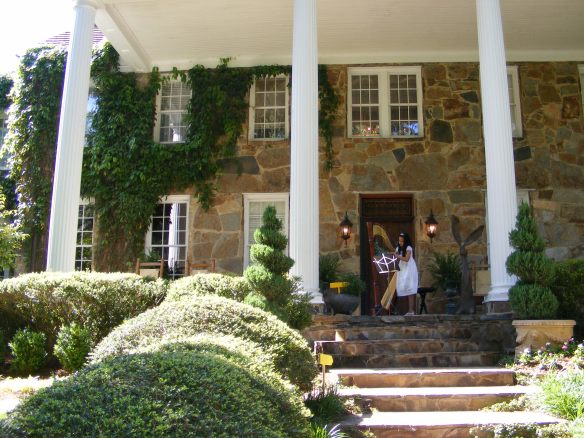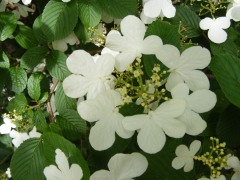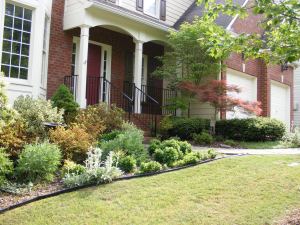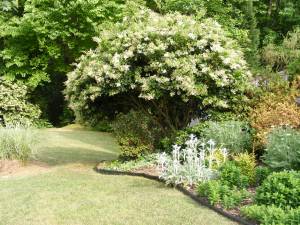I was walking amongst my veggies as I was thinking about my post for this week. It occurred to me that it had been about 15 years since I had planted vegetables in the open ground. I grow almost all of my edibles in containers.
I started raising edibles in containers kinda by accident. We had moved to our new house and I was pregnant with our first child. As large and pregnant as I was, it would have been difficult to start raised beds or clear a space of open ground – so there came the pots. Pots and Pots. Large pots. Small pots. New pots. Old pots. And guess what? Everything grew wonderfully! For some reason I was surprised – I shouldn’t have been. Plants are wired to live and survive. And sometimes thrive!
I think so many of us have gotten the idea that vegetables will only grow in the ground and that pots are for flowers. My dear, sweet father, the one that introduced me to gardening, would clear a “patch” in the backyard and put in a vegetable garden. Every year it was always a big family project. A tiller would be rented and plant starts would be bought from Green Brothers Nursery in Decatur. I would go with him to the nursery and try to talk him into buying every flower I saw. He would mostly shake his head and say something like “We’ve got to get tomatoes, remember?”
My wonderful father is gone and I miss him terribly. I sometimes wonder what my dad would say about my container garden. In regards to my fig tree, I think he would agree that figs should be in pots. He had a tall fig tree at our family home and the birds always got most of the figs. My fig produces quite a lot of fruit, and I prune it to grow no larger than 7 feet tall. I get about 3-4 dozen figs every year and they taste like ambrosia from heaven. The neat thing about this tree is that it was bought at Thomas Jefferson’s house, Monticello. Jefferson loved figs and had many fig trees around his house. This was a cutting, rooted by the workers at the Monticello nursery and it rode home to Georgia on my lap in the car. Gardening dedication at its best.
Here are some tips for growing edibles in containers:
Always check that they are moist – keep them well watered. Plants in pots tend to dry out quicker than those planted in the ground.
Use potting soil designed for containers. Don’t use soil out of the garden, it won’t drain as well.
Don’t over feed the plants. Many veggies will put out a lot of foliage and not a lot of fruit if over fed. I put compost and manure mixed with the potting soil at planting time and maybe one more liquid feed during the season.
Many fruit trees like apples, figs and blueberries do wonderfully in containers. You can also keep them pruned smaller for easier harvesting.
A tip on tomatoes – plant them in the largest pot you can find. You will see at the end of the season that the root system of the tomato has completely filled the pot. I know a gardener that plants her tomatoes in huge garbage cans by drilling drainage holes in the bottom and then filling them with potting soil!
My list of this year’s edibles:
Figs, Beans, Peppers, Tomatoes, Lemons, Strawberries, Blueberries, Herbs






